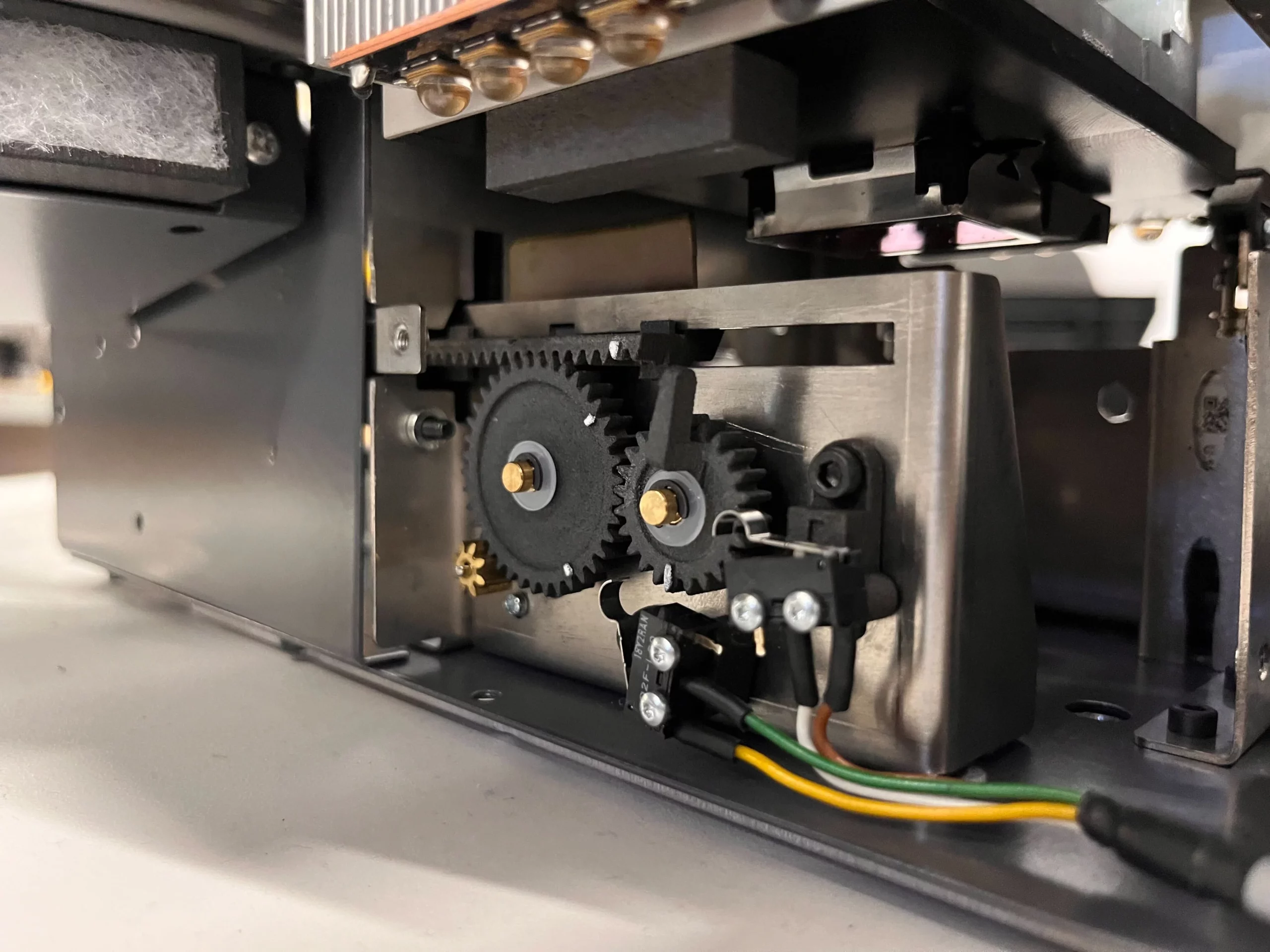What do device manufacturers gain by using 3D printing?
Until recently, manufacturers considered 3D printing only a prototyping technology. FDM printers have become an integral element of the process of creating new devices, enabling designers and constructors to verify their ideas quickly.
However, the development of new 3D printing technologies has led to a significant revolution in this area, and the Multi Jet Fusion technology created by HP plays a key role in this revolution.
In this article, we will describe the benefits and capabilities of modern 3D printing for device manufacturers.
MJF 3D printing for device manufacturers – benefits in numbers
Shortening the prototyping stage by up to several weeks and working on fully functional prototypes
Creating prototypes of devices, housings, and other test parts using 3D printers can be considered an industry standard at this stage. Using desktop 3D printers, R&D departments do not have to rely on external suppliers, and the time needed to create prototypes is reduced from several weeks to a few hours.
However, FDM (Fused Deposition Modeling) 3D printers commonly used for this task have some significant limitations. Due to the printing method, the aesthetics and durability of the created parts make it impossible to carry out full tests and fully evaluate the design. Additionally, due to the need to use supports and the characteristics of the filament, not every element may be possible to print. The most common problems occur when we want to print long and thin elements.
Multi Jet Fusion Technology eliminates these problems. Powder is used instead of filament, the printing process does not require platforms, and the visual effect and durability are much higher. Moreover, the method of applying and curing the powder ensures the same strength on each axis, which cannot be achieved in FDM.
However, the most important difference between MJF and FDM lies in printer performance. Multi Jet Fusion devices are much larger than desktop printers and were designed for short and medium-series production, not just the prototyping process.
Using one technology, manufacturers can test fully functional prototypes and then create devices, being sure of every aesthetic and technical value.
Produce parts 20-30% cheaper
MJF technology allows for reducing the volume of elements and optimizing designs that were previously created using other technologies.
Our 3D printing experts and designers help companies modify their designs to reduce their production costs by 20-30%.
Reduce your new product development cycle by even 26%
Regardless of whether we are talking about prototypes or a series of even several hundred parts, we complete orders within 3-5 business days. Thanks to this, lead time ceases to be a problem, and the entire process of implementing new products becomes much faster and less susceptible to the risks associated with prolonged prototype tests and design modifications. Our clients achieved 26% faster production time for new products.
Almost completely reduce losses and warehouse costs
The speed of order fulfillment allows for the introduction of a just-in-time process, i.e., ordering exactly the number of parts needed. Thanks to this, device manufacturers can completely reduce all warehouse costs and losses resulting from excessive orders and obsolete parts (excess and obsolete).
Discover new design possibilities
Multi Jet Fusion 3D printing technology allows you to create parts that are impossible to make in any other way. The lack of supports and the material hardening method in MJF allows you to create complex geometries, adding threads, air outlets, and other elements that are difficult to create in other technologies.
In as many as 33% of cases, designers decide to create more complex patterns that they could not obtain when designing, for example, cutting technologies or even other additive solutions.
An excellent example of such a situation is our project for Imago, a company that specializes in manufacturing professional printers.
See how modern 3D printing can improve (and even enable) the creation of new devices
3D printing is now becoming not only a solution that allows you to reduce the costs and implementation time of projects significantly but is increasingly the only technology that allows for their implementation.
Due to the high cost of the injection mold, design limitations, and time-consuming process in other, competitive solutions, 3D printing is becoming an unrivaled option.
If you are considering using 3D printing for your project, please contact us. Our designers and HP Multi Jet Fusion technology experts will help you at every stage – from concept and 3D design to execution and delivery. Write to us.
In the following case studies you will read about companies that we helped produce innovative devices:
Cortivision – parts of a device for examining brain activity
QuinSpin – a device for cleaning coffee machine portafilters


